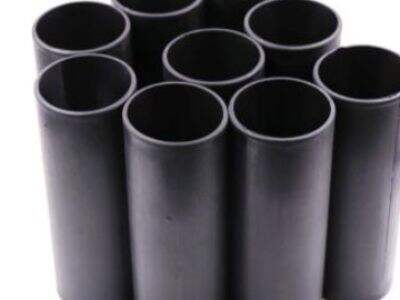Now it can be difficult to choose a gasket maker for your job, but we can make it easier for you with a few pointers. Here at KFT, we want to guide you through the types of gasket makers and how to select the perfect one for your application.
Before we dive into the best features, it is very essential to understand what are the most important types of gasket makers that you can get. There is a wide range of these types of gaskets, including plastic gaskets, silicone gaskets, rubber gaskets, cork gaskets, etc. Both types have specialized structures and functions that make them ideal for different types of jobs. For example, silicone gasket makers are flexible and strong, making them ideal for high-temperature applications. This means they can take the heat without breaking down. However, rubber gaskets are good at preventing liquid and gas leakage. They form a tight seal, so they are great for multiple projects. Finally, cork gaskets are appropriate in low pressure regions. They are not the heavyweights like silicone or rubber, but can be extremely useful for some applications.
The temperature and chemical resistance required will play a big role when selecting the correct gasket material for your project. If you are looking for a high heat silicone gasket maker, we cannot recommend anything other than silicone gasket makers. They can handle this quite well. If you’re working with strong or harsh chemicals in your project, it’s important to look for a chemical resistant rubber gasket maker. That means it can withstand the chemicals without breaking down or becoming damaged. We will examine the above factors so that you can choose the right material to suit your particular requirements.
The appropriate techniques of application also matter a lot as they can make a stronger seal and the seal will last longer. Be sure to clean and dry the surfaces well before using the gasket maker. This gets rid of any dirt, dust, or grease that is lying around. The reason is that if the surfaces are not clean, the gasket maker is not going to adhere to the surfaces properly. Apply the gasket maker evenly and press down firmly after cleaning. This helps keep the tight enough seal that will ensure everything stays in place. After you have put it on, allow the gasket maker to dry following the manufacturers directions With thumbs up to follow these directions to get you optimal results
When selecting gasket makers, consideration of temperature and chemical resistance is of utmost importance. Choosing a gasket maker with the right features to suit your project ensures you have an effective and long-lasting seal. For projects that are subjected to extremes of temperature or chemical exposure, be sure to select a gasket maker that is rated for such things. This will allow you to catch any leaks so that you can prevent damage from a failure of the seal.
The Better Gasket Maker for Your Project rubber mounts— Here are some tips to ensure you pick the right one for your specific application: Consider the size and shape of the surfaces you are sealing. This will help you figure out what kind of gasket maker will work best. There were also project ppressure and temperature requirements. It's also crucial to select a gasket maker thaton't dry too quickly and steer.settle the parts easy end. This has great importance for getting quick results, especially if you are working on a project which has a time crunch. Considering all these factors allows you to select the ideal gasket maker for your project and ensures that your project is successful.
Most importantly, selecting the appropriate gasket maker is critical to creating a robust and reliable seal. You can find out what kind of gasket makers there are, what kind of features you need, how to apply those features, and then what resistance to solvents or heat you need to look for in a gasket maker. We covered some helpful tips from KFT on how to choose which gasket maker is right for you for your next project and achieve great results you can take pride in.

